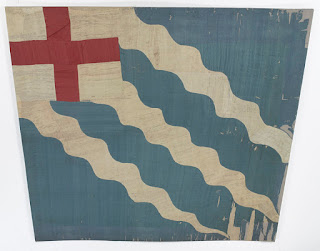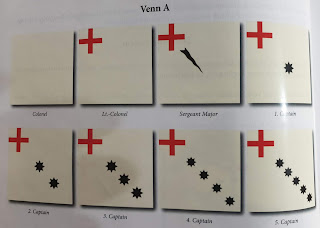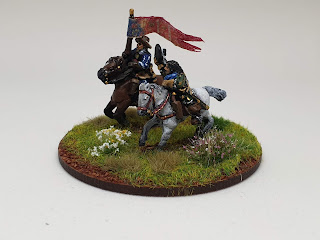The Ministers' Regiment

Sir Arthur Erskine of Scotscraig’s Regiment of Foot was raised in 1643. Raised by the clergy of Scotland to be " ane regiment for maintenance of religion" they became known as The Ministers' Regiment. There are stories of them wearing black coats made from old clerical clothes donated by Ministers. Sadly there doesn't appear to be any contemporaneous evidence for this: we do know that a number of presbyteries were ordered to raise specific numbers of men for the regiment, and that the men were to be furnished with a "good piece" or £40 for their equipage. A similar story occurs in the American Revolutionary War, of black robed regiment raised by ministers. As with the Ministers' Regiment, there is no evidence for the American regiment wearing black. In both cases it could be a reference to the black coated ministers who raised the regiments. Whether this is true or not, it gives me a blooming good excuse to paint some Covenanters in not-hodden gre...







